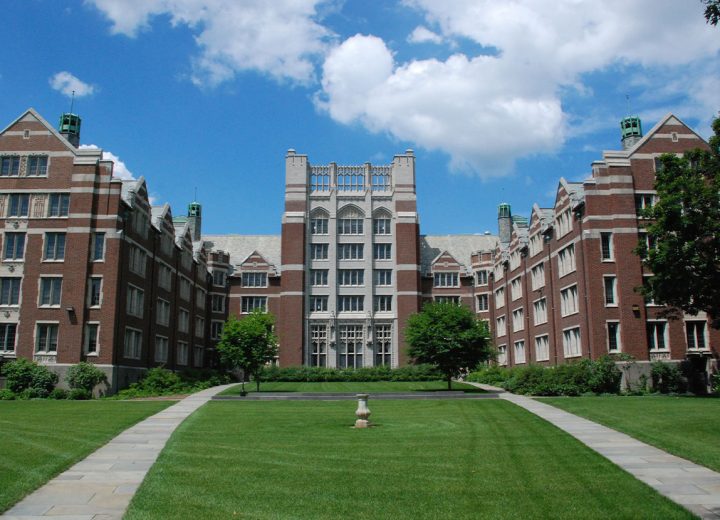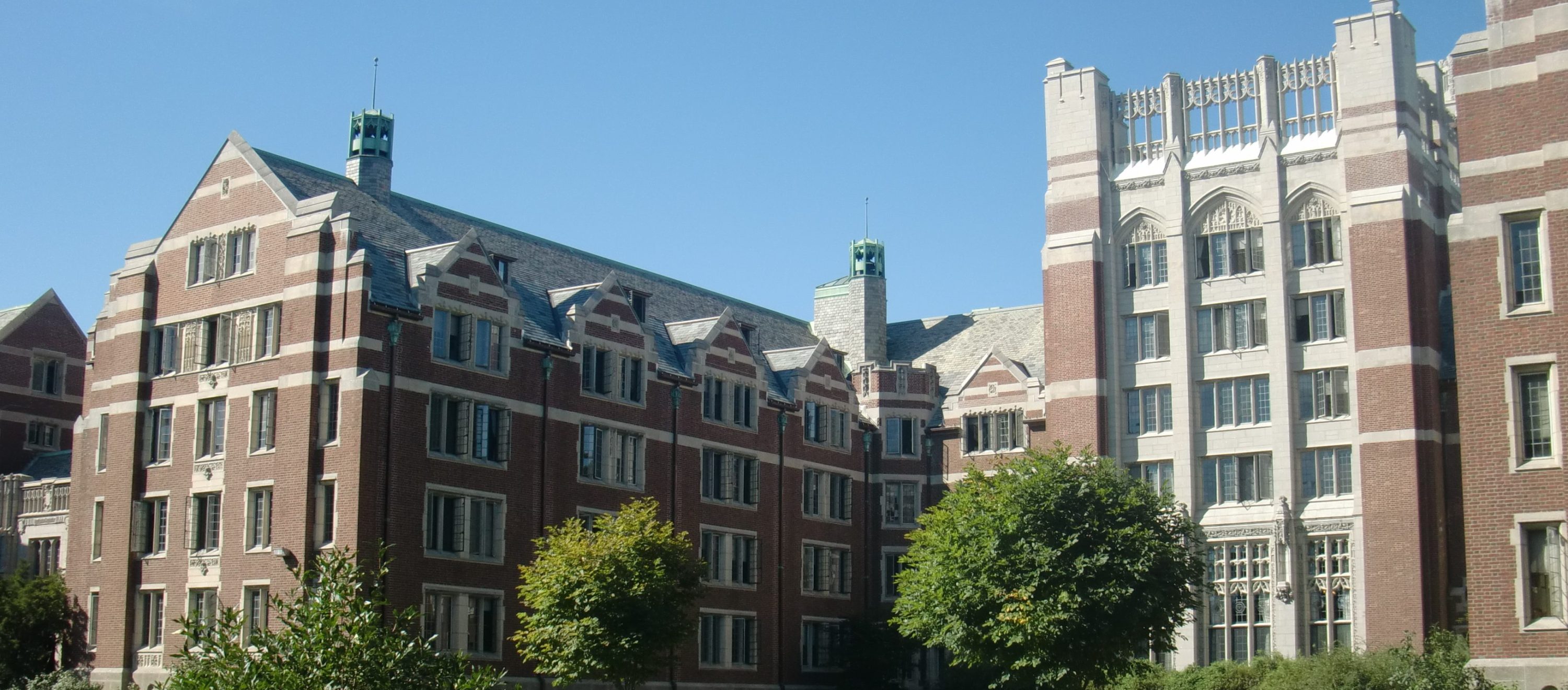Wellesley College Residence Halls
Historic Exterior Restoration
At the heart of Wellesley’s bucolic campus just outside Boston, the stately Gothic Revival-style Severance Hall, Tower Court, and Claflin Hall form a U-shaped residential complex that opens onto scenic Lake Waban. Built between 1915 and 1930, the residence halls have brick masonry facades with cast stone trim, and are covered by slate roofs.
To restore and protect the historic buildings, Wellesley retained Hoffmann Architects + Engineers to design and direct a comprehensive facade, roof, and terrace rehabilitation project. Our architects developed a phased restoration strategy that prioritized conditions of seriously compromised building integrity while planning for major replacement and rehabilitation.
Slate roof replacements and repairs demanded exacting color and texture matching, as well as improvements to waterproofing, snow and ice management, and copper flashings and gutters. Masonry repairs addressed deterioration and wear at the aging facades, while foundation waterproofing and terrace rehabilitations protected against moisture intrusion.
Major rehabilitation of the complex’s fenestration and exterior wall systems was preceded by a formal condition assessment. Hoffmann’s evaluation of facade materials and original steel windows categorized building elements according to their level of deterioration, so as to assist the college in treating first those areas in need of immediate attention.
Construction was scheduled to coincide with summer recess, with projects in each phase substantially completed by the start of the year’s fall term. Work scheduled for the latest phase of the rehabilitation builds upon previous restoration efforts by correcting water infiltration conditions and self-accelerating deterioration. Doors were refurbished, and a series of window mockups guided the college in selecting a system for a future rehabilitation project, planned to coincide with a major building reprogramming effort.
Hoffmann also assisted the college in evaluating window rehabilitation options, in order to arrive at a solution that respects historic integrity while addressing practical and energy efficiency concerns.

